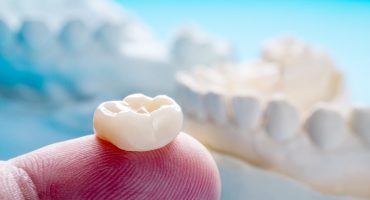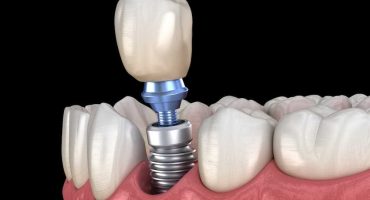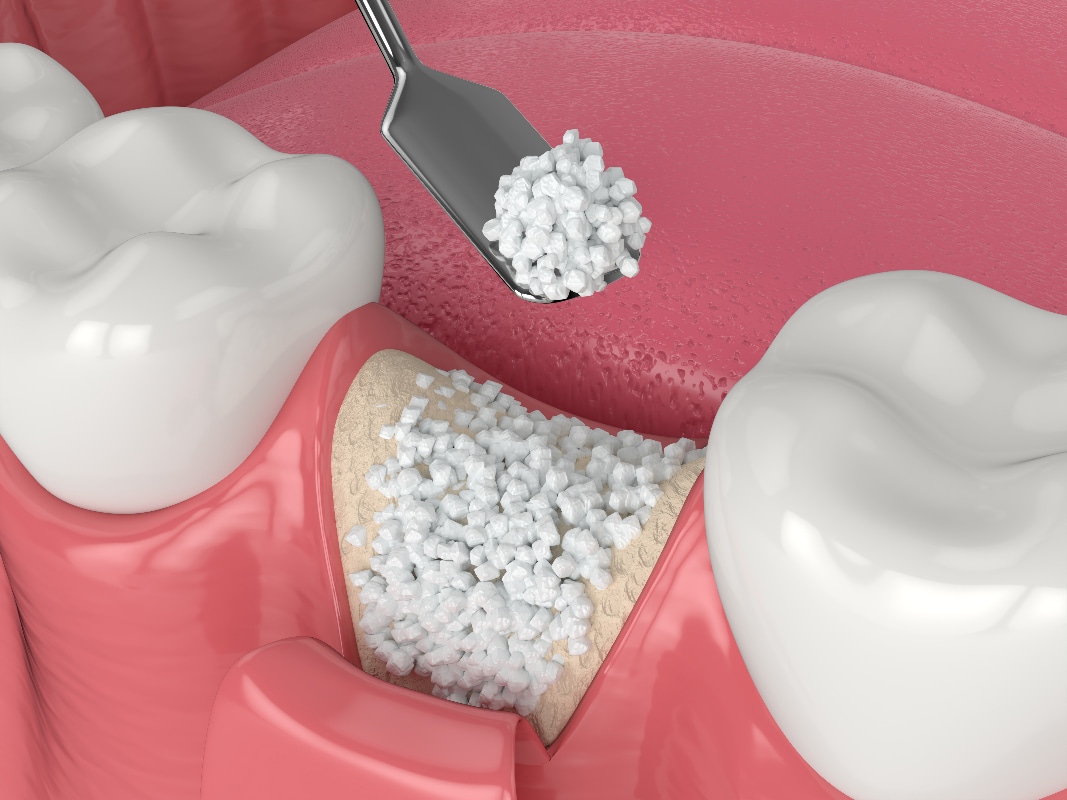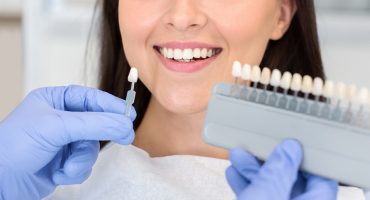In tooth gaps or in periodontitis bone often breaks down. For solid implants, however, enough bone is needed. Whenever natural structures of the body, often bone materials, are no longer sufficiently present or strengthened, they must be augmented or replaced to receive implants. Particularly in the field of dentistry, augmentation is often used to prepare a denture.
What is augmentation?
Jaw bone augmentation is the medical reconstruction of lost bone substance in the area of the upper and / or lower jaw. Of particular importance is this bone structure to anchor implants or a removable denture later. In addition, the augmentation is used to compensate for accidental damage in the area of the dental apparatus.
Causes of bone loss
Probably the most common cause of bone loss in the jaw is tooth loss. Periodontal disease and severe tooth decay as a result of years of lack of oral care cost a tooth very quickly. Studies showed that a few years after the loss of a tooth massive loss of bone substance threatened.
In addition, a removable denture weakens the jawbone permanently. Thanks to their roots, teeth form a punctiform contact with the bone material. The chewing forces act directly on site and promote the strength of the jawbone. If the teeth are missing and the removable denture presses flat on gums and bones, the jawbone slowly forms. The remaining bone material is then usually no longer sufficient to accommodate implants or other dentures.
When does bone build-up become necessary?
If the jawbone forms over a large area, as when wearing removable dentures, implants and dentures can no longer be anchored later. The bite changes and painful sequelae on the temporomandibular joint occur. The augmentation, ie the bone structure in the jaw, is then a proven method to compensate for the degradation and to be able to attach dental implants again.
Methods and Material
To rebuild the jawbone before a dental implantation, there are several techniques of augmentation. A special method is the sinus lift. In doing so, the bony floor of the antrum is peeled off and refilled with bone material. Bone chips made of natural or foreign material and bone substitute are usually used for this purpose. After the surgical wounds have healed, the implant is inserted into the artificially thickened bone mass.
In addition, there are still bone augmentation methods with a bone block, for example, from the chin area, skull or iliac crest, which is then fitted exactly at the required location of the jaw.
Mainly differentiated are autogenous and alloplastic augmentation:
- In autogenous augmentation, bone material is removed from the patient's own body at an appropriate place and used for the development of the jawbone.
- In alloplastic augmentation, on the other hand, the doctor uses body foreign, but biologically well-tolerated material, eg. B. bioglass, hydroxyapatite or calcium carbonate. Inserted into the jawbone, the bone-forming cells use these materials as a matrix and form new bone substance. The foreign building material is slowly degraded and removed from the body.
Other methods use the natural ability of bone growth to close and thus create artificially created interstices. These methods are called distraction osteogenesis (callus distraction or even distraction only), bone splitting and bone spreading. The jawbone is then severed in a controlled manner and moved apart with millimeter precision until the natural healing of the bone has closed the gap again. In bone splitting, the alveolar ridge is divided and also widened by natural bone growth.
Does the treatment hurt?
The treatment itself is painless as it is done under anesthesia. However, it is an invasive (surgical) procedure, which of course can also present risks and complications. Wound infections, bleeding and pain may well occur as a result of the procedure.
What do I notice afterwards?
After the operation, it is important to treat anti-inflammatory and also to counteract possible swelling caused by cooling. Due to pain that can still occur a few days after the augmentation, it sometimes makes sense to take painkillers.
Weitere Beiträge

Dental crown
If the natural tooth crown, that is, the externally visible part of the tooth, is too badly damaged, the dentist often suggests the attachment a dental crown. This is the case when the tooth stump is still stable enough and at least 50 percent tooth substance is still present.

CAMLOG-Implant
The company CAMLOG is one of the leading manufacturers in the field of implantology and produces dentures for the highest demands. In Wimsheim near Stuttgart, both complete systems and individual, implant-supported dental prosthesis products are manufactured.


